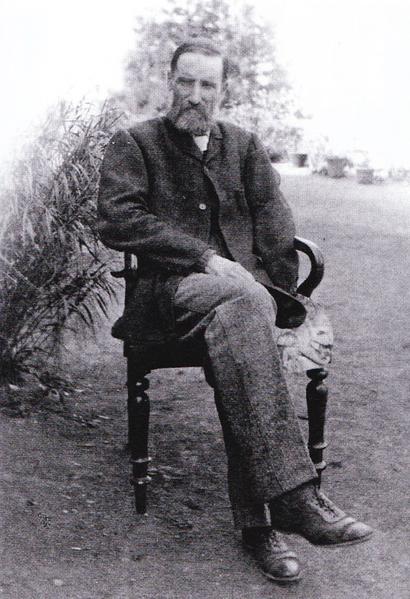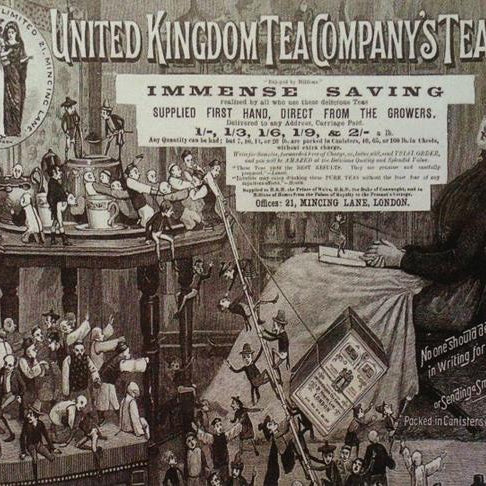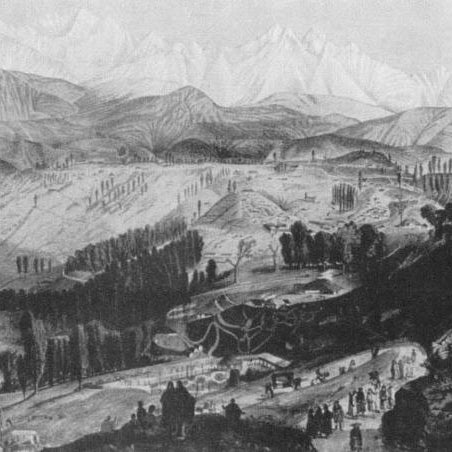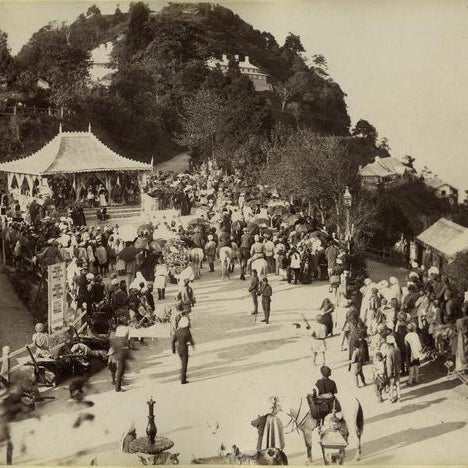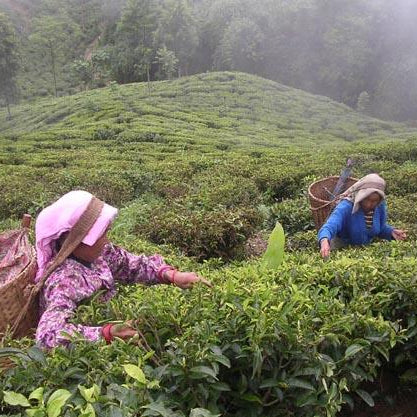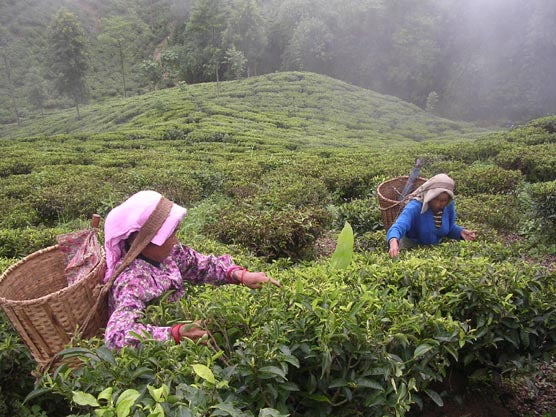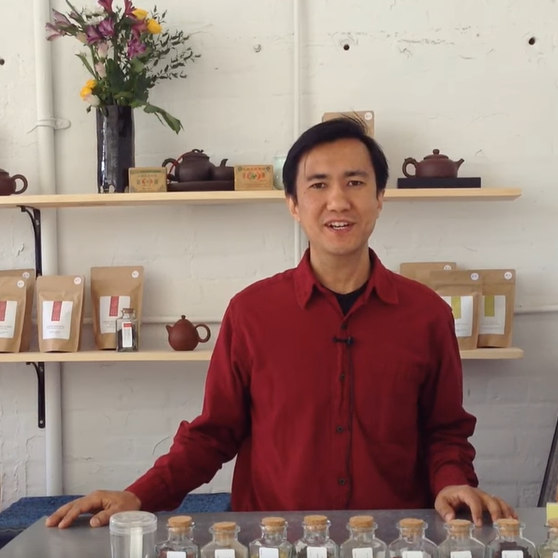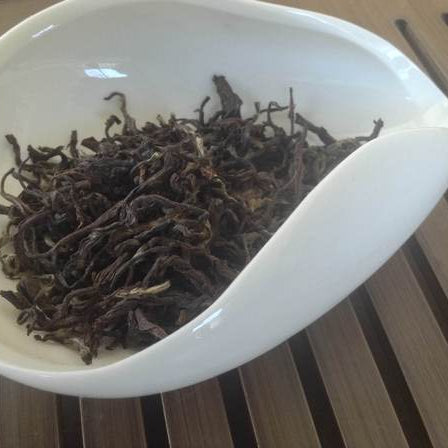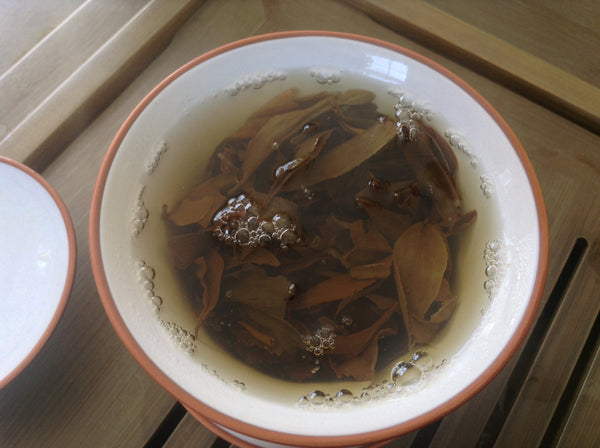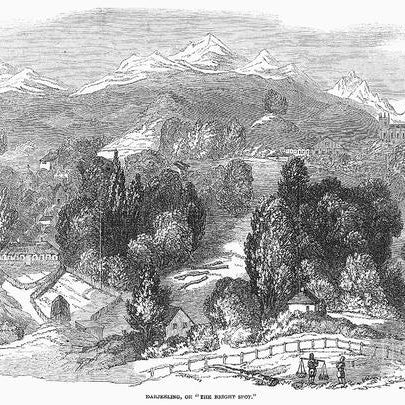
History of Darjeeling Tea - the German Connection ~ Part I

On a cold winter day in January of 1842 two young German missionary families, the Wernickes and Stolkes arrived to Darjeeling, a densely forested and sparsely populated remote region of the Himalayas. Only seven years previous, the area had been taken on lease by the British colonialists from the Kingdom of Sikkim.


